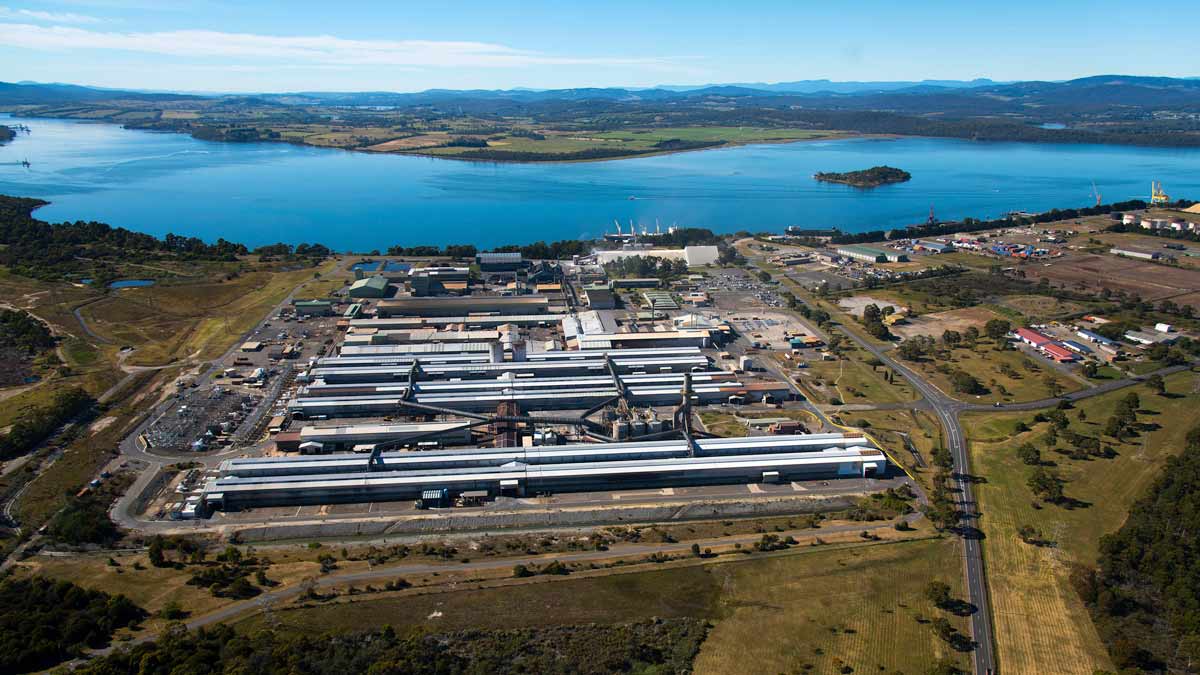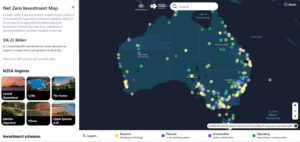Essential “future-focused” industries like steel, aluminium and cement will carry the weight of fossil fuels under federal Labor’s proposed Safeguard Mechanism settings, new modelling shows, and face a potential doubling of their emissions reduction task.
The modelling, undertaken by RepuTex for the Climate Council and Australian Conservation Foundation, warns that if gas and coal production is even modestly higher than projected by government under its reboot of the Safeguard Mechanism, then participants in other sectors will have to do far more.
Annual emissions decline rates could need to be as high as 8.9 per cent – up from 4.9 percent in the government’s proposal – to compensate for higher fossil fuel emissions and stay under the carbon budget cap, the report says.
Such an outcome could place increased pressure on industrial facilities to reduce more emissions within a shorter period of time and could also trigger the increased use of offsets, RepuTex says.
Already, the modelling shows that the carbon budget is extremely tight, with emissions from coal, oil and gas currently projected to make up around half of all emissions regulated under the Mechanism.
Threatening to add to this already large share is a pipeline of potential new coal and gas projects and proposed expansions that would bring “significantly more” emissions into the scheme if they proceed, RepuTex says.
The modelling shows emissions from new projects increasing significantly in 2025, 2026, and again in 2029 due largely to the assumed ramp-up of the Pluto, Barossa, and Browse gas projects
By 2030, these three projects account for around 69 per cent of annual emissions from new facilities, with new domestic gas extraction facilities (Waitsia, Narrabri, and Beetaloo) accounting for a further 13%.
While emissions from new projects are relatively small over the projection period, the three largest of these – Pluto, Barossa, and Browse – only enter the Safeguard Mechanism in 2025 and 2029. These projects will therefore continue to require a growing share of the emissions budget after 2030.

There is also a risk that proposed new LNG fields will be classified as existing facilities because the gas will be processed through existing plants, meaning they would not be set stronger baselines like other new facilities.
But RepuTex says that even relatively small changes in the production of coal and gas risk blowing the government’s proposed Safeguard carbon budget by between 13 and 35 MtCO2-e by 2030 and undermining its role in industrial decarbonisation.
“If we don’t get the settings right, new coal and gas will eat a large and growing share of the Safeguard Mechanism’s emissions budget in the years ahead,” says Jennifer Rayner, head of advocacy at the Climate Council.
“Worse, if the production of coal and gas is even a little higher than the government has predicted, this risks blowing the carbon budget entirely.
“That’s before taking into account the more than 100 further fossil fuel projects still in the development pipeline,” Rayner says.
“Either this would mean Australia fails to meet our 2030 emissions reduction target, or existing facilities would have to cut their emissions by far more to make up the gap – there’s only two ways this can go.
“The Safeguard Mechanism settings should prioritise Australia’s critical industries to ensure this doesn’t happen.”
The Climate Council and the ACF say this sort of outcome can be avoided by making the proposed 1,233 MtCO2e emissions budget for the scheme a “hard limit” in legislation, while also prioritising genuine emissions reduction, and not offsets.
The organisations also want the Albanese government to make sure new and expanded fossil fuel projects are treated as new entrants with full accountability for their emissions.
New entrants to the mechanism should also undergo a rigorous environmental assessment under an improved Environment Protection and Biodiversity Conservation Act, the groups say.
“A huge flaw in the proposed Safeguard Mechanism is that it doesn’t distinguish between essential industries that Australia needs to decarbonise – like steel, cement and aluminium – and big polluting industries that should be rapidly phased out, like coal and gas,” says ACF climate and clean energy program manager Gavan McFadzean.
“Industries like cement and steel shouldn’t have to do more to compensate for Australia’s biggest fossil fuel polluters.
“The government should prioritise the decarbonisation of future-focused industries, helping Australian businesses, communities and workers to thrive in a world headed to net zero, while rapidly phasing coal and gas out of the economy.”








